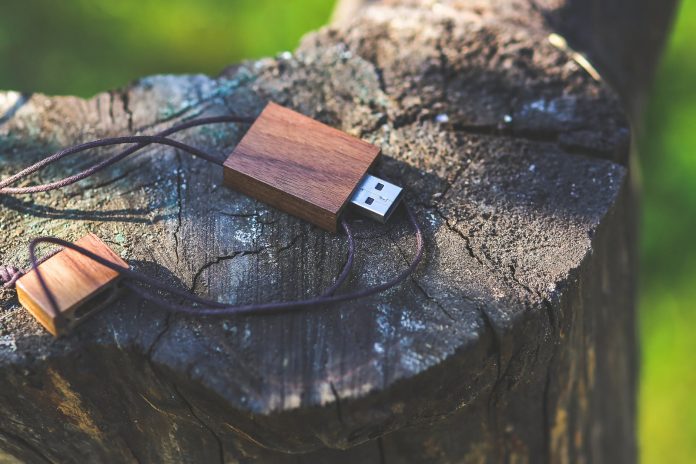USB drives
USB stands for Universal Serial Bus and also known as a thumb drive, pen drive or USB stick. USB drives are removable and rewritable. The capacity for storing data of the latest USB drives is up to 1TB. The capacity of USB is increasing, and the cost-per-bit is decreasing day by day.
USB drives have two types of memory that are volatile and non-volatile. The volatile memory disappears as power supply cuts off while the non-volatile one stores the information on the chip that doesn’t disappear.
Non-volatile memory remains on-chip until you delete or format it. The USB drive has non-volatile memory, so the memory stays in the drive until you delete or format it.
How do USB drives work?
The main concern or worry when we work on a different computer or update our computers is about the files and documents. You can use USB drives for storing or to back up your documents, photos, or software. It’s a quick and easy solution for storage.
Back-Up Your Most Important Documents on a Flash Drive
The perfect short term solution for storing the data is the USB flash drive. The inner working of the flash drive is a little complicated. You can know about the inner article in this article at the end. It is an easy task to store your files, photos, and information on the device.
You can pull the data from the computer by syncing the USB device effortlessly with any computer. USB drives are lightweight, reliable, and portable. You can carry the files or data with you anywhere without being worried about losing it. It depends on the memory size of the drive that how much data you can store in it.
Flash Drives Use Flash Memory
The easy way to grab your files from the computer and store them is flash drives. You can transfer data from computer to computer by simply plugging a USB flash drive into any computer with a USB port. Flash drives work by using flash memory. You can read more here https://www.hugdiy.com/usb-flash-drive-c-18.
Flash memory is the process of storing data. It keeps your data and files safe. A poly-silicon structure floating-gate MOSFET (Meta-oxide-Semiconductor Field-Effect Transistor) is on which flash memory is built. The basis of many memories devices such as flash drive is of MOSFET.
Floating Gate
All the data records in the Floating gate. A thin oxide layer of about 10nm thick isolates the floating gate from the substrate. This isolation is necessary for enabling the floating gate layer that stores data.
Control Gate
The control gate is for controlling the flow of charges(data) between the “Source” and the “Drain.” The charges flow from the Source to the Drain.
Gates work in saving and deleting data:
The floating data records the data such as programs, files, pictures, etc. The gate has a coat of nonconductive material that is the thin oxide layer for protecting the data.
Saving data on the flash drive:
When we save a file on our flash drive, we apply a voltage to the control gate. This voltage sends electrons from the Source towards the Drain. The electrons gain energy to penetrate the oxide layer during the process of flowing. After this, the electrons stored in the floating gate. After storing it in the floating gate, the gate forms a negative charge that means the data gets stored on the gate.
As the floating gate has a coat of nonconductive material, the data remains stored in the floating gate even when we plug out the flash drive. It is because the nonconductive material coat forms a protective cocoon around the data.
Deleting data on the flash drive [erasing]:
As the charged floating gate contains the data so by removing the charge form the floating gate, we can delete the data. By applying the high voltage to the Source, the positive charge on the Source makes the negative-charged electrons that start moving from the negative-charged floating gate to the Source. It makes the charged floating gate lose its charge and the data. In this way, flash drive erases or deletes the data.
Conclusion:
USB drives are a great way to back up files and data. It uses flash memory to extract the data from the computer. The article describes the working of the USB drive.

